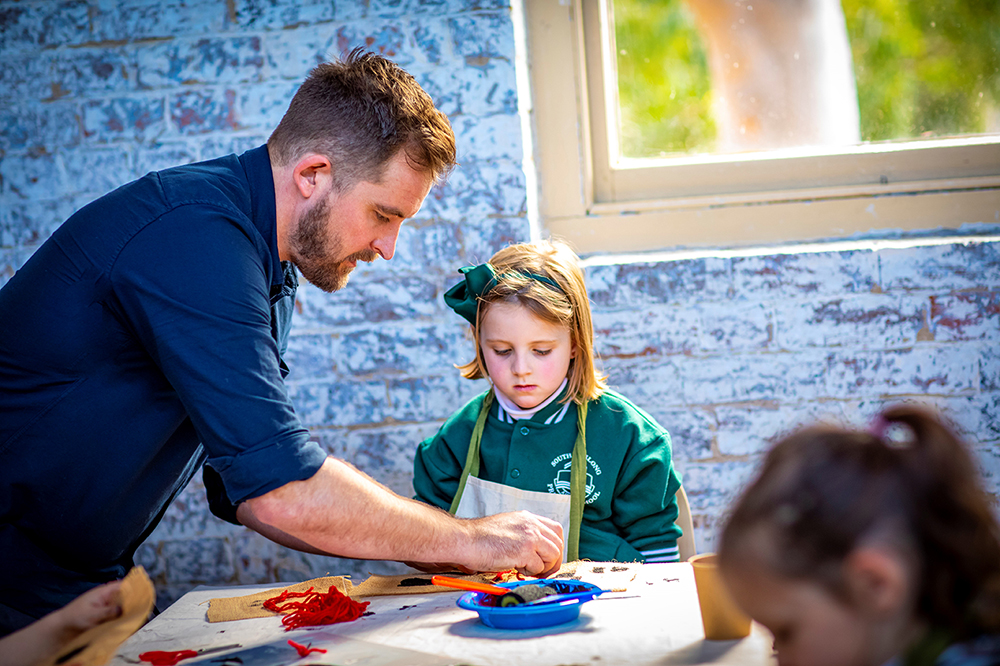Tips and techniques to help your child get a good night’s sleep
BEDTIME STRUGGLES
Many parents have problems getting their children to bed, especially with pre-school children.
Many children will use excuses to avoid going to bed such as “I need to go to the toilet”, “I need a drink”, “I just need to tell you something”. This can often delay the sleep time significantly.
What can parents do?
- BE CLEAR ABOUT WHAT YOUR CHILD NEEDS
What a child wants is not always what they need. Although some children want to stay up and have difficulty getting to sleep, this does not mean that they do not need sleep. As the parent, you need to decide and be clear on what is reasonable bedtime behaviour and what changes you expect. Once this is decided it is easier to stick to the limits set. Limit setting often benefits the child in more ways than just improving sleep, as they feel secure and contained.
- RULES
■ Explain the new rules to your child during the day. Don’ t tell them the first time when they’re stalling at bedtime.
■ Remember this is not punishment so try to engage the child. It will help if your child knows what to expect.
■ Expect some resistance. Your child probably doesn’t want to change, so things may get worse before they get better.
■ Be consistent.
- CHILDREN NEED A CONSISTENT BEDTIME ROUTINE
■ Have a predictable, enjoyable routine with calm activities.
■ Avoid stimulating activities such as watching TV, running around and computer games.
■ Try not to start negotiating with the child at bedtime. Do not enter a battle with the child if they protest. Calmly remind them
of the new rules and continue.
■ Put your child to bed and leave the room while they are still awake.
- WHAT THEN?
If your child calls out:
■ Calmly tell your child it’s time to sleep.
■ Do not enter into a discussion.
■ If they get upset return to reassure them but be brief and limit what you say.
■ Be ‘boring’.
If your child comes out of their room:
■ Calmly return your child to bed.
■ Remember this is not punishment, but be firm.
■ If your child stays in bed, praise them.
■ Behaviour change can be challenging and it may take some time before you see improvement.
- REINFORCEMENT
Rewards are an important part of any behaviour change.
■ The idea is to focus on success, not on failure, give rewards immediately.
NIGHT-TIME WORRIES
It is not unusual for some children to have night-time worries or fears. Sometimes parents will describe their child as being ‘a bit of a worrier’. Helping them overcome their night-time worries teaches them skills they can use in other areas. Some children suffer from a more general anxiety which may need further treatment.
TALKING ABOUT IT
Younger children may say they fear the dark or monsters. Older children may not be able to say what they are worrying about but have trouble falling asleep.
They often worry about not being able to sleep and will tell you “I can’t sleep”. It is important not to disregard your child but at the same time you shouldn’t give too much importance to irrational fears. It is important to give your child the message that you have confidence in them to deal with this. Therefore acknowledge their feelings but support them in dealing with their fears in a positive and independent way. It is a good idea to discuss it during the day, away from their bedtime. During the day your child is more likely to be feeling confident and can reason.
ROUTINE
It’s important to stick to your child’s routine. Your child may need reassurance and support but try to avoid getting into a routine that has your child depend on you to fall asleep, such as having to lie with them, or having the child in your bed. Being firm in limit setting makes your child feel safe. It also tells them you have confidence in them to manage this. Giving in to their requests may give them the message that they are not going to be OK and that there is something to worry about.
EXTERNALISING FEARS
This is a way of taking your child’s fears and worries and giving them to someone else to worry about, or putting them somewhere else for the night.
■ ‘Monster traps’ are something many children and parents have found helpful. This can be talked about and set up during the day and is a way of making the child feel safe. Be creative with it.
■ ‘Worry box’ works in the same way for older children with vague worries. They can put the worries in the box and think about them tomorrow.
■ A special ‘fairy’ or protective ‘dragon’ is a way of using a child’s imagination in an adaptive way. The fairy or dragon looks after them and takes away their worries. Planning this ahead of time and talking about it during the day, when they feel confident, will help them feel confident at night.
RELAXATION
Even young children can learn relaxation techniques. These include breathing exercises, muscle relaxation and positive imagery (going to a happy place). This has many benefits. Concentrating on relaxation is a distraction and can stop your child worrying.
■ Night-light – As long as it does not stop your child from falling asleep a dim night-light can be used.
POSITIVE REINFORCEMENT
Children often get lots of attention for having fears or worries which may encourage the behaviour.
It is important to reward children for being brave and for managing their worries. Sticker charts work well even in older children. Break the process down into different parts and reward your child for each part so that they feel they are doing well.
– Dr Anita D’Aprano and Dr Margot Davey
For further information contact the Melbourne Children’s Sleep Centre site: www.monashchildrenshospital.org










